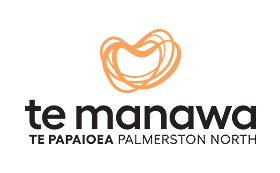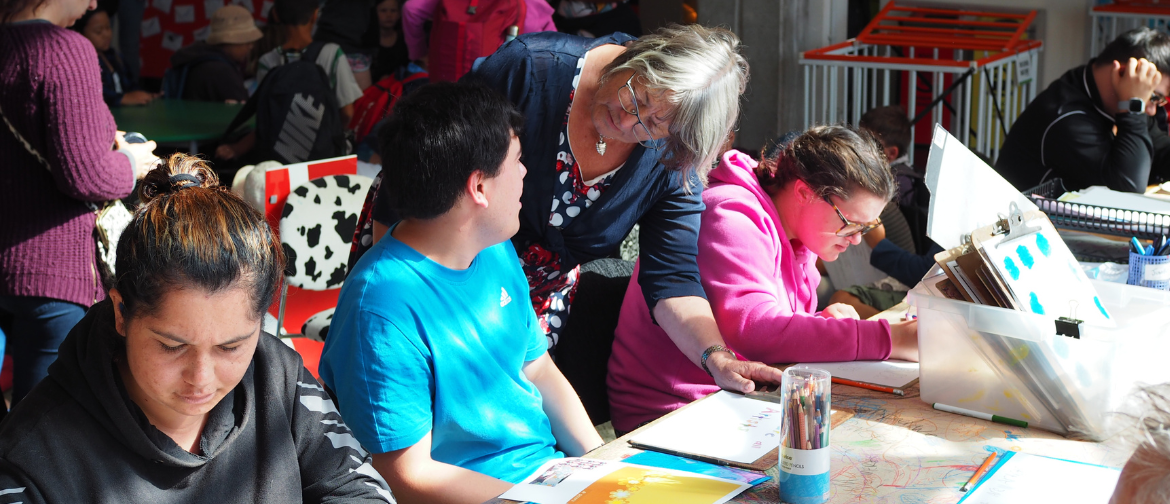
- This event has passed.
Santa’s Cave
11 November 2023 @ 10:00 am - 7 January 2024 @ 5:00 pm
DONATION
Santa’s Cave is a much-loved Palmy institution, a favourite holiday treasure that’s been enchanting generations for more than 100 years! Since 1918 its sparkle and joy has put a smile on the faces of thousands of visitors every year. It wouldn’t be Christmas in Palmerston North without the Cave. Suitable for all ages – entry by donation.






